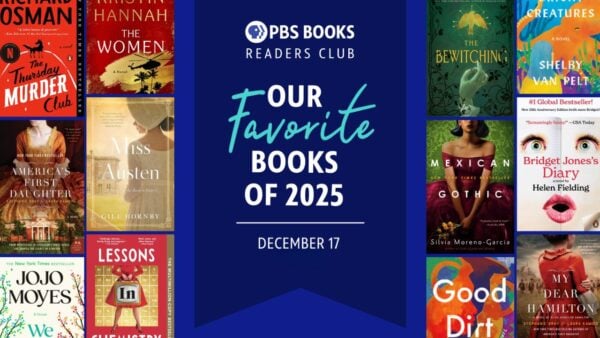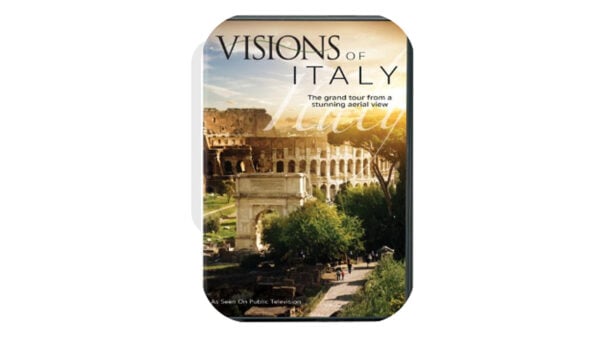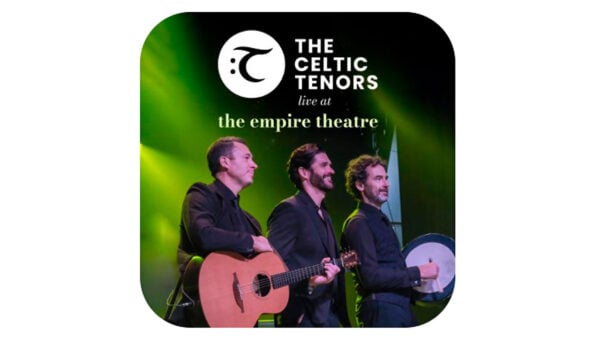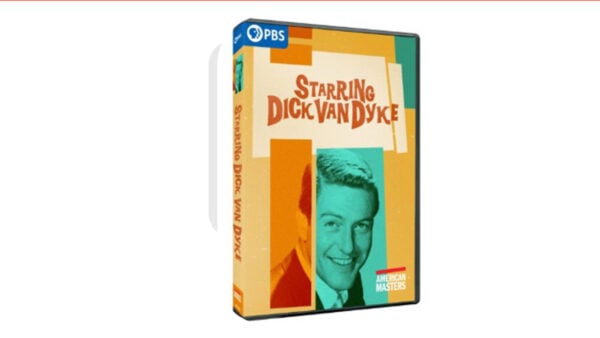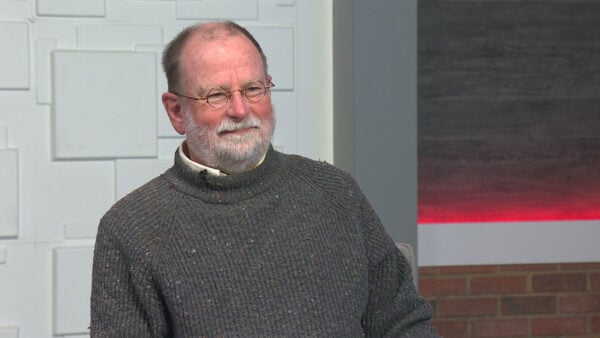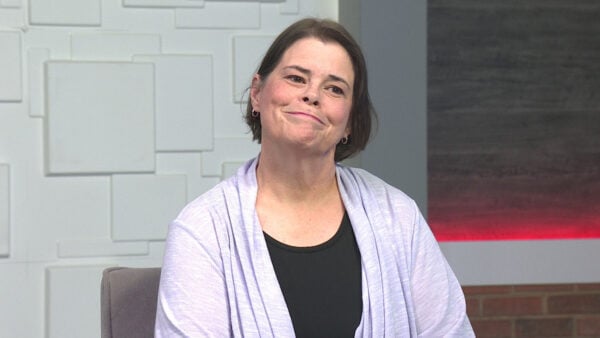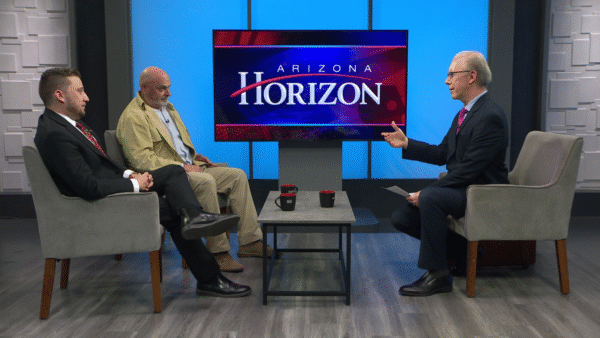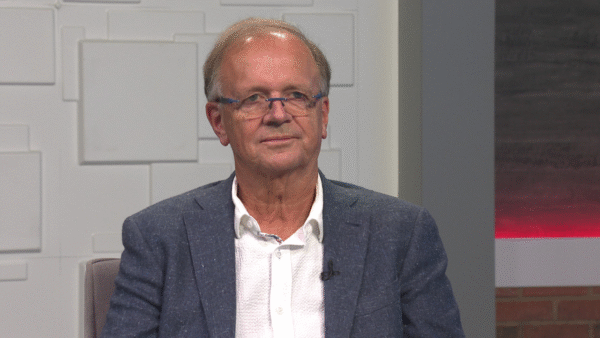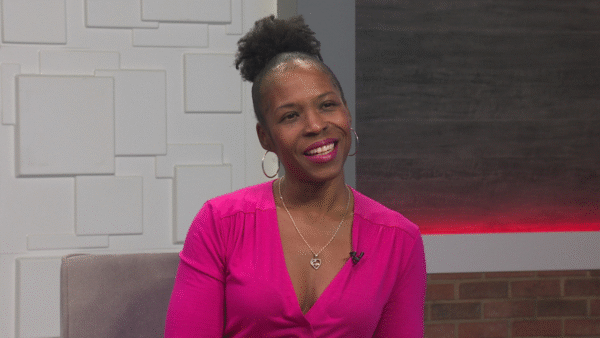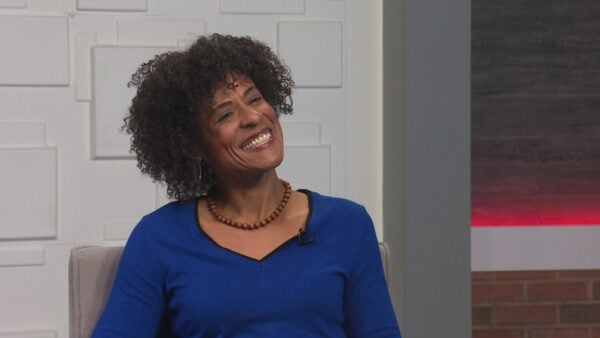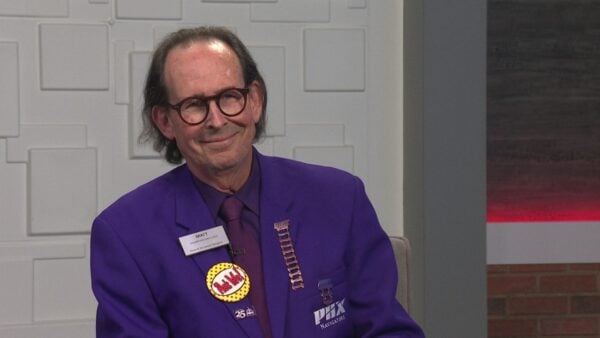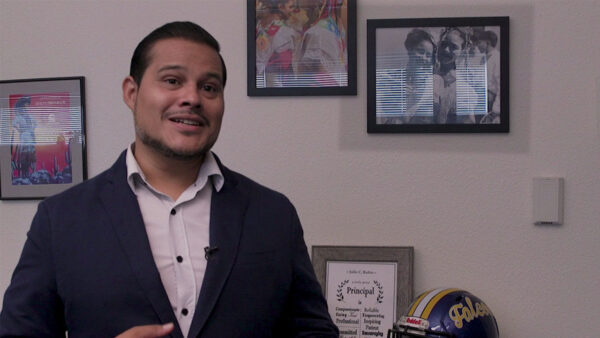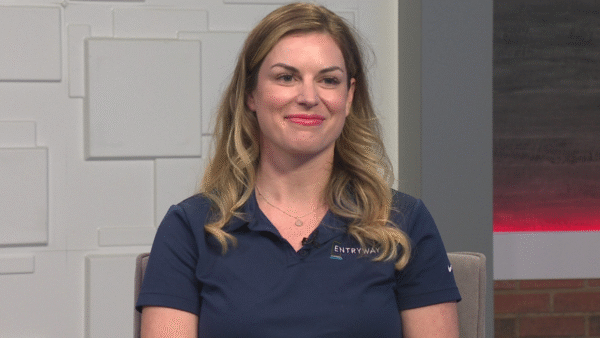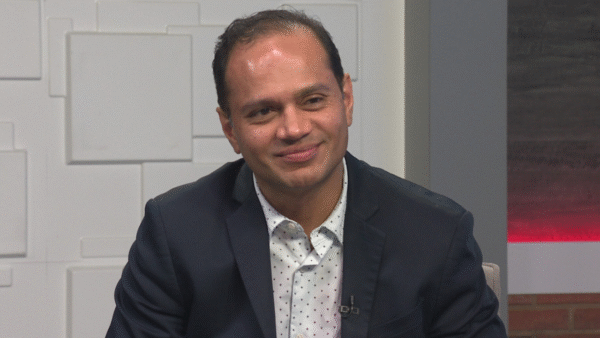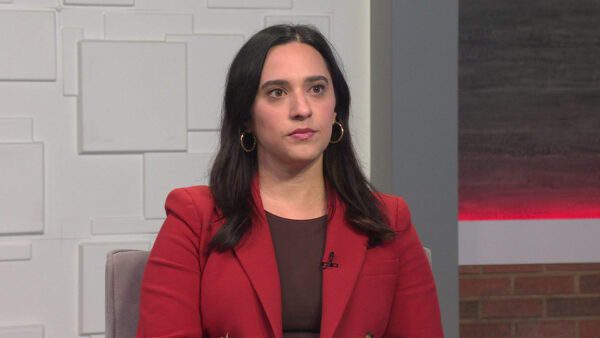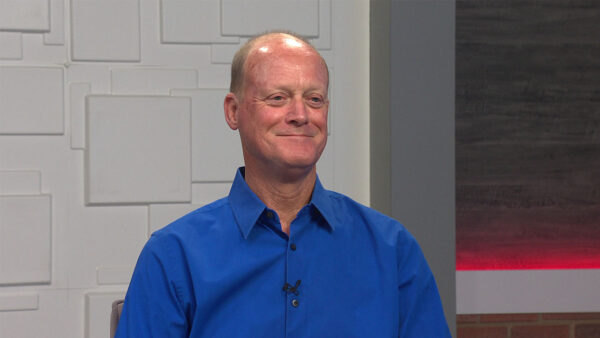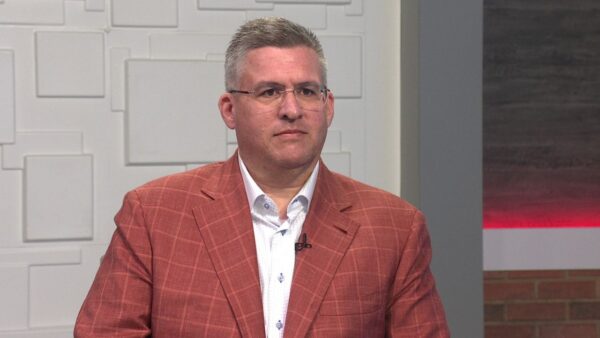A conversation with Grammy Award-winning guitarist Laurence Juber, who used to play lead guitar with Paul McCartney and Wings. Juber is in town for the Musical Instrument Museum’s August 9th presentation of “Guitarmania to Beatlemania: The Evolution of the Acoustic Guitar”.
Ted Simons: Tomorrow the musical instrument museum in Phoenix is hosting "Guitarmania To Beatlemania: the Evolution of the Acoustic Guitar." The sold-out show features Laurence Juber, a fingerstyle guitarist who launched a successful solo career after playing for Paul McCartney and Wings. Earlier I spoke with Juber about his music. Laurence Juber. Beautiful, beautiful stuff, thank you so much for joining us on "Arizona Horizon."
Laurence Juber: You're welcome.
Ted Simons: It's good to have you here.
Laurence Juber: Thanks for having me.
Ted Simons: You betcha. You are at the musical instrument museum, I want to talk to you about that in a second. It's amazing to me to watch an artist, especially someone like myself who plucks around on a guitar and makes the most ridiculous noises. First of all, when did you know that this would be your life, that this is what you do better than just about anyone else around?
Laurence Juber: Well, I didn't know about the better part of it. But my 11th birthday was when I got my first guitar, having nagged my parents for months to get a guitar. The week before the Beatles were on the Royal Command Performance. When you have the Beatles playing for royalty, it kind of gives it some credibility. I wake up on my 11th birthday and there's a guitar and I pick it up. Nearly 50 years later I still haven't put it down.
Ted Simons: When you picked it up the first time, did it feel special?
Laurence Juber: It made sense to me. I had a book called Play in a Day. It had When the Saints Go Marching In. I looked to the music and said, okay, that is this. And in the space of an afternoon I learned to sight-read that. It gave me a career as a studio musician some years later. My guitar was very cheap and the black paint would come off on my fingerprints. It was just so compelling to me. Once I started making money doing it, a local bandleader adopted me when I was 13 and I would go play weddings and stuff. Sit on the bandstand with all these older musicians, and the bass player would lean over and say, if you don't know the chords, just play the bridge of I Got Rhythm. It sure beat baby-sitting and washing my neighbor's car and working at the open air market. It's something I love to do. It's my career, my job my vocation my avocation and my artistic stress.
Ted Simons: Indeed it is. Now that it has become your life, that guitar is part of you. When you wake up in the morning, when you first pick up the guitar, are there exercises? There are certain things you do? Or is it like a writer, you sit down and just start writing?
Laurence Juber: Pretty much, yeah, sit down. Just pick it up, and sometimes just whatever flows out. I'll play a chord, just my fingers will go there. It's interesting, at the airport at 6:30 in the morning, while waiting for a plane, sometimes it's my most creative time. As a teenager I did more Segovia scales. It's more I might wake up with a tune in my head, or I might pick up the guitar and there's a quality, a certain sonority that will inspire me to go in a musical direction. In reality, even though the guitar is my voice, as a musician I use it as my self expression. It's compact and the guitar is like an orchestra. You can play a baseline or a melody line. You can play multiple parts, play chords, strap it on your back and go to the beach with it. With score paper I could sit down and write out the music for an orchestra or for big band or whatever. Because as a trained musician I have that musical sensibility. But the guitar is my voice.
Ted Simons: This guitar is an acoustic guitar, but you also played in rock bands, as well. What is the difference between the two? You turn up the amplifier. Stylistically rock-n-roll has different criteria perhaps than playing jazz or ragtime or something folky, some gentle picking pattern. But they were always parallel for me. As a teenager I started classical guitar, I started with Bob Dylan and Paul Simon and ragtime. I played in the National Youth Jazz Orchestra in England. I play in rock bands, too, and I loved playing blues guitar. The technique of playing electric and acoustic guiar has really converged for me, it's just really how loud I get to play and how focused the sound is. Acoustic has a much broader sonic range, electric kinda gets you in one place.
Ted Simons: You play acoustic guitar without fingerpicks, and why that?
Laurence Juber: I like the sound. I used to play classical guitar with nails on my right hand. You look at some pictures of me with Paul McCartney. I didn't like that sound so I cut my nails off and listened to a playbook. That's the sound I'm going for. In 25 or 30 years I've developed a certain sonic characteristic that goes on with just the fingertips.
Ted Simons: Talk to us about, is it mirrored, for something that is so popular, they know where they were when they were listening to this particular song; this kind of music. Can that be more difficult? How do you make it a new experience?
Laurence Juber: The thing I specialize in as a guitar orchestrator, the music really lends itself. Say I was to take an arrangement of a classic song like Autumn Leaves, for example. There's not a specific record you associate. Whereas with a Beatles song, if I do Strawberry Fields Forever, there's a very specific sound from the record. And there's all the those little moves and things that are so iconic and so ingrained, you can't stray too far from that. Unless it's a reinterpretation, I want to make it more guitaristic, rather than making it generic. So I pick the baseline and the little background parts, and integrate those into the arrangement.
Ted Simons: Interesting. Does it feel like it becomes a little bit of you, as well?
Laurence Juber: Oh, absolutely.
Ted Simons: You played for Paul McCartney in Wings. That was a big band, big times. [Laurence strums] You were in a band apparently on the run at times. The difference between being in a band with a legend for years, now you've been on your own out there playing solely. The difference between that.
Laurence Juber: Well, in Wings I was the lead guitar, it wasn't a one-man show. I'm part of a band, part of the act. I have my parts to play with in that. As a soloist, it's just me. I learned a lot from watching startup. Having your repertoire, but also being able to be flexible and kind of play to the audience's expectations. I was a very shy teenager. It's one of the reasons I became a studio musician originally, because I like playing guitar, I really wasn't seeking the spotlight. Being a solo performer is therapeutic for me in that respect. So, as time's gone on I've kind of reached this plateau of confidence, and then used that as kind of my vehicle to express myself and to communicate and, you know, just kind of it all came together at that point.
Ted Simons: How was Paul McCartney to work with?
Laurence Juber: Good guy, great teacher, great mentor. I got my master's degree from McCartney Universities. I got to work with Ringo and George, 3 out of 4 Beatles, not bad.
Ted Simons: I noticed you play a Martin guitar. When Martin came to you and said we want to do a signature guitar, what was it you wanted?
Laurence Juber: I ordered a custom shop guitar and said, I want this. I described an orchestra model, which is what this is, with an Adirondack spruce top, what they used to use up until 1940. Originally we did it in mahogany, a particular kind of sound, kind of woody, warm, but not too penetrating. It has a nice lilt to it. This is acacia koa from Hawaii. This rosewood was always the main kind of high-end wood, but is now an endangered species and causes all kinds problems, in terms of your crossing borders, and you don't want to be caught up in the legality of it. What I did was I just said, look, I want string spacing which is a little less than the vintage, more classical type. Actually I'm not having to cover too many areas. There was a width that I go ahead get all my fingers around the counterpoint that I play. I'm playing classically informationed playing, staying on the strings. So I'm trying to converge the classic Martin design, Martin has been around since 1833, the acoustic guitar, the guitar mania in Europe kind of followed C.F. Martin, the first over the ocean. I've taken elements from their history, koa was very popular in the late 19th and early 20th because of the worlds far in 1916 when Hawaiian musicians first came to the mainland.
Ted Simons: Isn't that something? It's your guitar, you will be at the museum, "Guitarmania To Beatlemania." I could talk to you for hours about the guitar.
Laurence Juber: It would be fun.
Ted Simons: It's a lot of fun. Can you play us out here as we close out the show?
Laurence Juber: Sure.
Ted Simons: And a pleasure to have you here, again.
Laurence Juber: Cheers.
Laurence Juber:Grammy Award-Winning Guitarist;



